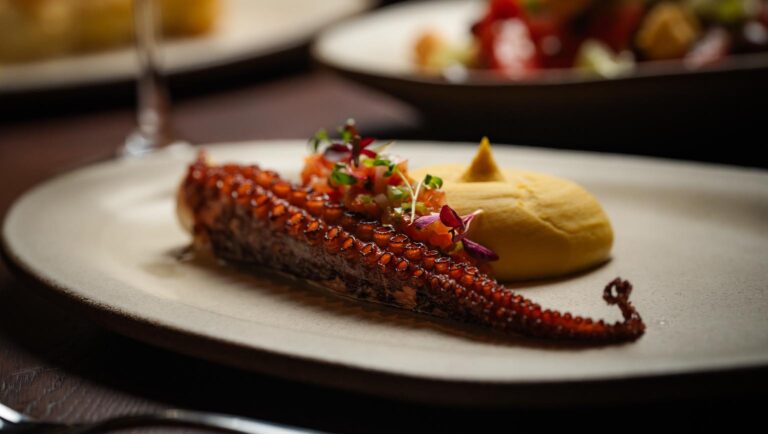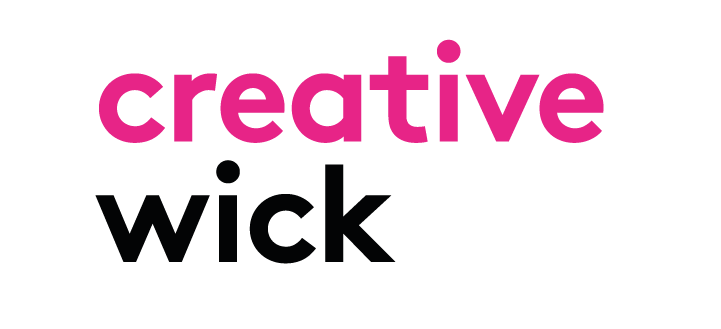
Review: HERA, Greek-inspired dining at Stratford Cross
This thoroughly modern restaurant may be far from the taverna, but it’s filled with Mediterranean flavours, and much more
The big buzzword around the London 2012 Olympics was legacy. When many expressed doubts as to the worth of the Games’ coming to east London, its advocates claimed it would drive regeneration, changing lives in the four main host boroughs intersecting at the newly created Queen Elizabeth Olympic Park.
So, who is using the Park a decade later at street level? The stadia facilities are obvious: various levels of swimmers compete at the London Aquatics Centre; basketball, boxing and five-a-side tournaments take place at the Copper Box; four kinds of competitive cycling happen at the Lee Valley VeloPark. But are regular residents improving their physical and mental health by using the Park to be active?
For the 2012 anniversary last summer, StreetGames and their partners brought together over 600 young people to try 25 different sports in August. Much of the activity centred around the Copper Box but one of the sports was BMX. The distinctive velodrome is better known to many as the ‘Pringle’ and was the first UK place to bring together four cycling disciplines: indoor track cycling; road racing; BMX and mountain biking. A sporty friend raved about indoor track taster sessions: the lightness of the bikes and the speed of a steep-sided arena where the likes of Victoria Pendleton and Sir Chris Hoy won Gold: “The acceleration is immense – probably the closest thing you can get to skiing around here.”
While the jury makes its mind up on the pledges that were made on jobs, housing and health, initiatives like the E20 Football Foundation are helping local youth through the discipline of sport, even training them up to become professional coaches. After the temporary athletic residents of the Olympic Village left in 2012, the permanent residents arrived, and the neighbourhood morphed into East Village. For the foundation’s founder Jonathan Silman that was a big moment: “It was the catalyst to moving here with my family. The sporting facilities are incredible but first and foremost the community is amazing. We never quite planned to be running a sport academy but with the backing of organisations such as Get Living, Triathlon Homes and Chobham Academy School we have been able to make it happen together.”

Since 2013 the club has offered free football and training programmes with more than 4,000 members, and boasts a stereotype- breaking ratio of 51:49 male/ female. Using sport to bring people together, Silman says they find it particularly rewarding to work with people identified as being disengaged, at ‘high risk’ or having suffered trauma. The ultimate aim is to employ them once they’ve been through the ambassador programme and learned the coaching ropes.
The project has won awards but for Silman it’s all about the 1,000 members who turn up every week: “The most rewarding achievement is being able to engage those individuals who have struggled in an education setting but found a balance on the football pitch,” he says. “To see how far they have come is a great insight into how you can utilise your drive to support people in challenging environments. It’s about finding their passions then harnessing those for positive change.” Silman is ambitious to reach new audiences and create even more impact: “We’ve expanded our offer to include boxing, athletics, tennis, rowing and cricket. We’d like to offer more free sport to new and existing communities across London and even branch out across the UK.”
There are more waves of housing still to come, as well as organisations like Sadler’s Wells and the V&A; current residents are enjoying what will surely prove to be a relatively quiet period in the new landscape’s history. The Viewtube Runners have been tapping into the existing population for a decade already after Paul Lewis targeted anyone interested in running the London Marathon. Now the club’s thrice- weekly trots typically bring in 50-60 runners per session and they organise a weekly parkrun (the free 5k runs that happen all over the country every Sat at 9am) at nearby Wanstead Flats.
Two of the club’s weekly runs begin near the Park’s southwestern edge at the aforementioned Viewtube: “The Park means we have access to well lit, safe off-road paths and that’s especially useful in the darker winter months when we’d otherwise have to run on the streets”, says Paul. The website welcomes all abilities and Lewis emphasises that “we are extremely sociable and have helped dozens of new runners progress to marathon distance and beyond. We have runners from all backgrounds, nationalities and ages.” The third of the weekly runs takes place next to the West Ham stadium at the London Marathon Community Track (LCMT). It’s also home to the Newham and Essex Beagles and is ideal for speed work; the free coaching the Viewtube crew offer obviously pays off: “Despite our modest size we’ve placed well in competitions and even won trophies. I’d still like to grow the club so anyone training for a Spring event is welcome to come down.”

The LCMT is also where Stonewall FC plays. Existing for more than 30 years, it now sports three men’s teams and three women’s and non-binary teams. Also creating space for Queer culture on the Park is Marie-Ermelinda Mayassi, Director and Founder of Skate Gals & Pals and its offshoot Melanin Skate Gals & Pals. Making skateboarding and skating of all forms accessible to marginalised communities since March 2021, they have around 400 core members and an online community of 7,000+. Adults come to Saturday meetups to learn on the Park and they also go into Hackney and Tower Hamlets to teach girls how to hit the concrete in style.
Involved in the recent design of City Mill Skate space on UCL land at Poole Street, Mayassi moved here then spotted an opportunity: “We use the Olympic Park for our Saturday meetings because it’s huge and underused at the moment, so it’s perfect. I’m very proud I was able to create a skate community focusing on Black and people of colour (BPOC) and the LGBTQIA+ community; there are no skating organisations like that in the UK and Europe.”
So what keeps Mayassi rolling? “It’s very important that marginalised communities that don’t have a lot of disposable income – and therefore less access to recreational and creative opportunities – have the chance to do these activities. It took us a long time as a grassroots organisation to be acknowledged as one of the park activators but now we’re included in programming.”
Sometimes the range of people who use a space isn’t immediately obvious, like nocturnal visitors or solo yoga users in hidden corners. But there are plenty of individuals who use the Park for exercise in the daytime as they pass through, like ramblers groups, individual joggers, shortcutting cyclists or young parents bound for the playgrounds.
On a whim, I stopped two separate individuals going into the Copper Box. They both said it was a decent enough gym. Then I discovered that a friend was not just a regular at the Aquatics Centre but a huge fan of the high ceiling and sense of light and space she said she felt there. “We’re so, so lucky to have that as a resource on our doorstep,” she raved. The debate will rage about the bigger Olympic picture, but for many of the Park’s sporty types who embrace its exercise opportunities, it’s a winner.

Simon Cole is a personal trainer and is organising/undertaking fitness challenges to raise funds for Ukraine. For more, see byhandukraine.org.

This thoroughly modern restaurant may be far from the taverna, but it’s filled with Mediterranean flavours, and much more

How Hackney’s growing textile reuse infrastructure is inspiring the eco-conscious fashion designers of tomorrow

Nikkei food – where Japanese sushi meets Peruvian ceviche – and great cocktails at this popular local spot
A joint venture in collaborative local media from:


In partnership with

Regulated by IMRESSS, the Independent Monitor for the Press CIC.
For more info on our complaints policy, or to make a complaint, visit FAQ.
